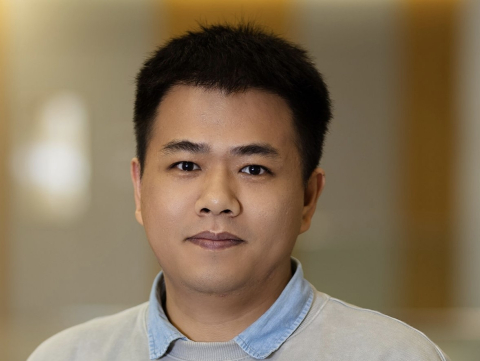With the progress of industrialization, the demand for energy has become increasingly enormous, and traditional fossil fuels cause serious environmental pollution. Hydrogen (H2), as a clean energy source, is environmentally friendly. Among the various methods, using sunlight to directly split water to produce H2 is undoubtedly the most attractive.

However, this method is currently limited by the performance of photocatalysts. Different with traditional bulk materials, 2D materials have a larger specific surface area, making them highly suitable as photocatalysts. However, effectively exploring photocatalysts from the infinite chemical space of 2D materials, composed of various elements and structures, is a challenge.
In Yatong Wang’s doctoral thesis entitled 'Data-driven discovery of 2D materials as photocatalysts for water splitting', a state-of-the-art data-driven approach is proposed as a possible solution to achieve it. By combining physics-based high-throughput computations with powerful machine learning algorithms, he successfully identified several promising photocatalysts from over 300,000 possible 2D materials.
DIFFER researcher Yatong Wang will defend his PhD thesis titled: ‘Data-driven discovery of 2D materials as photocatalysts for water splitting’ on 1 July at the TU/e. Read more.
Authors: Yatong Wang, Rianne van Hoek
Go to the News page.